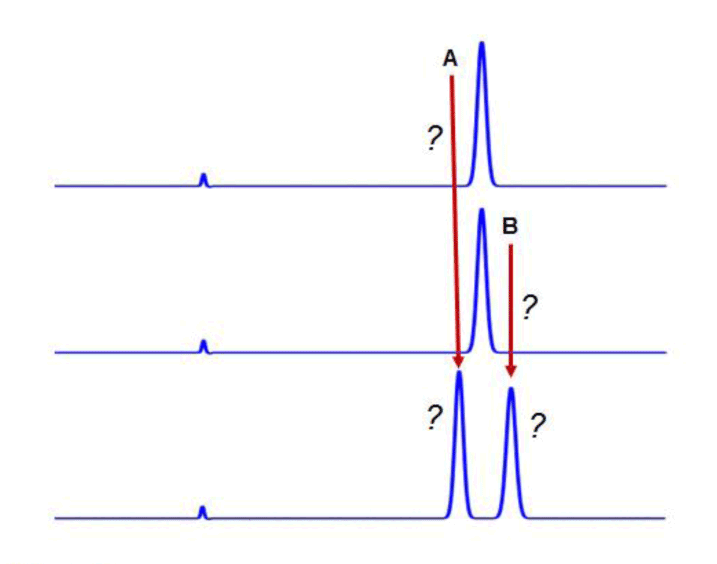In this instalment of HPLC solutions , I’d like to share a few of the places that I look when confronted with a new separation problem.
This is the second instalment of HPLC Solutions related to resources you should have at your fingertips when you are working in an HPLC laboratory. As I mentioned in the last HPLC Solutions (#130), Tom Jupille and I are happy to receive any HPLC-related questions you might have at TechTips@sepscience.com. Many of those questions are related to the separation of specific compounds from each other. We don’t profess to be experts to the extent that we can quote you a method for any specific analyte. To get this information, we would have to do the same thing you would — do some research. Fortunately, there are plenty of free resources on the Internet that can give you anything from clues on where to start to final, validated methods. We refuse to do your work for you (unless, of course, you want to hire us as consultants), but we are happy to point you in the right direction. In this instalment of HPLC solutions , I’d like to share a few of the places that I look when confronted with a new separation problem.

Figure 1
First, a disclaimer: In my experience, it is rare that you can get a method out of the literature, set it up, and have it run flawlessly. The exception might be some of the compendial methods from sources, such as the United States Pharmacopoeia (USP) or European Pharmacopoeia (EP), for simple samples, such as a single component of a pharmaceutical product. This means that you generally should take the stated conditions as a starting point. Often it will save you preliminary work to identify the correct column, mobile phase components, temperature, and detector. Hopefully the original method will be close to where you want to be, so you can tweak it a bit to make it useful for your application.
If you have access to the USP, EP, or other pharmacopoeia, these are a good place to start if you are working with a pharmaceutical substance (pure drug) or product (formulated drug). Chances are that, unless it is a new product, you can find a method that will work with little or no adjustment. These resources are subscription-based, so they are not free, but if you are in the pharma industry, it is likely that your company has a subscription to the on-line or hard-copy version that applies to your region.
One popular, free resource is the applications database available from most column and instrument manufacturers. This will take a bit of searching through the various websites, but if you persist, you’ll usually find an application note for your compound or a closely related one. Unfortunately, most applications notes are simply a demonstration that a particular compound or group of compounds can be separated on a particular column. Often the samples comprise only reference standards, and at high concentrations relative to what might be encountered by the end user. But not all is lost. At least you can find a column and general conditions that can be used as a starting point for method development for your particular needs. Don’t be timid to take advantage of the free technical support that usually is available from the column or instrument manufacturer. Try out the conditions of the application note and if they don’t work, perhaps you can get more advice from the vendor.
Another resource that I find quite useful is PubMed (http://www.ncbi.nlm.nih.gov/pubmed), a database maintained by the National Center for Biotechnology Information. This database allows you to search journal publications for HPLC methods for specific compounds. For journals, such as my favourite Journal of Chromatography A and B , you’ll get to view an abstract of the article. For some journals, you will be able to view the full text of the article. I find this is a great tool to get me started with a method for a specific drug. By the time you do your search and read several abstracts, you’ll get an idea of what lies ahead, and hopefully enough information for starting conditions. If your company or university has subscriptions to the referenced journals, you can get full text access that way. Otherwise, you can contact the author for a pdf copy of the article or buy one from the publisher. As noted above, the described conditions may not perfectly match your needs, but at least you’ll have an idea where to start.
You could always post a request for help on a separation Chromatography Forum (www.chromforum.org), but I feel that this is asking someone else to do your work for you. You should spend an hour on the computer searching through applications and journal articles before you ask for help on the outside. In the next instalment of HPLC Solutions, we’ll look at resources related to validation of methods.
This blog article series is produced in collaboration with John Dolan, best known as one of the world’s foremost HPLC troubleshooting authorities. He is also known for his research with Lloyd Snyder, which resulted in more than 100 technical publications and three books. If you have any questions about this article send them to TechTips@sepscience.com




